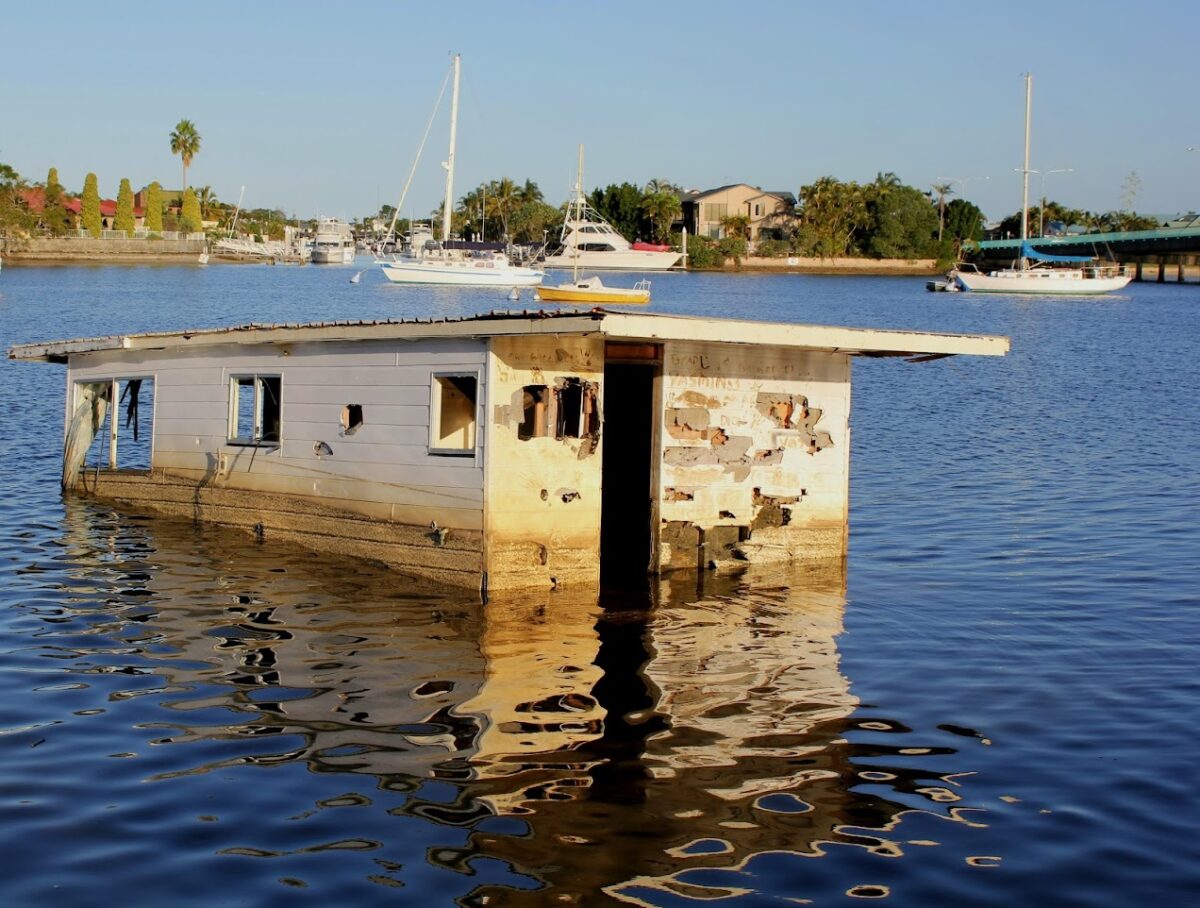Why Australia Is Built for Real IoT

Australia is a country of harsh distances, complex landscapes, and practical people. It is also one of the best environments in the world for meaningful Internet of Things deployments. Not the flashy kind that controls your coffee machine, but the kind that helps you prevent a flood, catch a feral pig, or secure a remote gate before someone gets hurt.
This is IoT (Internet of Things) with a purpose.
Our land demands it
You cannot physically monitor everything. It is not just about cost. In many places, it is simply not possible.
One council officer cannot check hundreds of traps across a national park. A property manager cannot be on every site when the water starts to rise. A landholder cannot be expected to detect every fence breach in real time. But with the right sensor in the right place, they do not have to.
With LoRaWAN, NB-IoT and Cat-M1 now widely available, it is possible to deploy small, low-power devices that send useful data over long distances. These sensors can run for years on battery power and operate far beyond mobile coverage or fixed power infrastructure.
This technology was made for a country like ours.
Disasters are regular, not rare
In Australia, floods, bushfires and extreme weather are not outliers. They are part of everyday risk planning.
We know that early warnings save property, reduce recovery costs, and in some cases, save lives. We also know that most infrastructure failure starts small. A sump pump stops responding. A low point starts to collect water. A culvert overflows after hours.
If you can catch these moments early, you can act before it becomes a disaster. That is what IoT enables.
Biosecurity is a national priority
Feral animals, invasive weeds and pest insects are eating into our ecosystems and our economy. They move quickly and quietly through landscapes that are difficult to monitor.
With GPS collars, motion sensors, trail cameras and AI-based recognition, we now have better ways to observe and manage these threats. You cannot eliminate what you cannot find. But when you know what is moving, and when and where it is moving, you have options.
This applies equally to feral pigs, wild dogs, exclusion zones, and remote access points.
Most infrastructure is unmanaged
Across Australia, infrastructure is ageing, remote, and under pressure. That includes everything from pump stations and levees to gates, roads, carparks and shared basements.
Most of it is not being watched. Failures are often only detected after the damage is done. But with lightweight IoT systems in place, it is possible to monitor key points across multiple sites without needing a team of technicians or a dedicated control room.
You do not need a smart city budget. You just need the right tool in the right place.
We need Australian systems
If the goal is long-term reliability, Australian organisations need technology that is designed for local conditions and hosted onshore. That means platforms that are built with open protocols, work well with known hardware, and are simple enough for regional teams to use without training courses or consultants.
It also means no overseas lock-in, no dependence on one cloud provider, and no hidden licensing traps.
Australia deserves systems that are clear, accountable and sovereign.
What we do now matters
Over the next few decades, our ability to manage water, land, and biodiversity will depend on the quality of the data we collect. IoT is not the whole answer, but it is a vital part of the toolkit.
The challenge now is to stop trialling and start rolling out.
We already have the networks. We already have the hardware. We already have proven use cases across government, agriculture, conservation and property.
Now it is about leadership. Practical thinking. And building things that last.
If you are ready to move beyond proof of concept and into real-world outcomes, we are ready to work with you.
